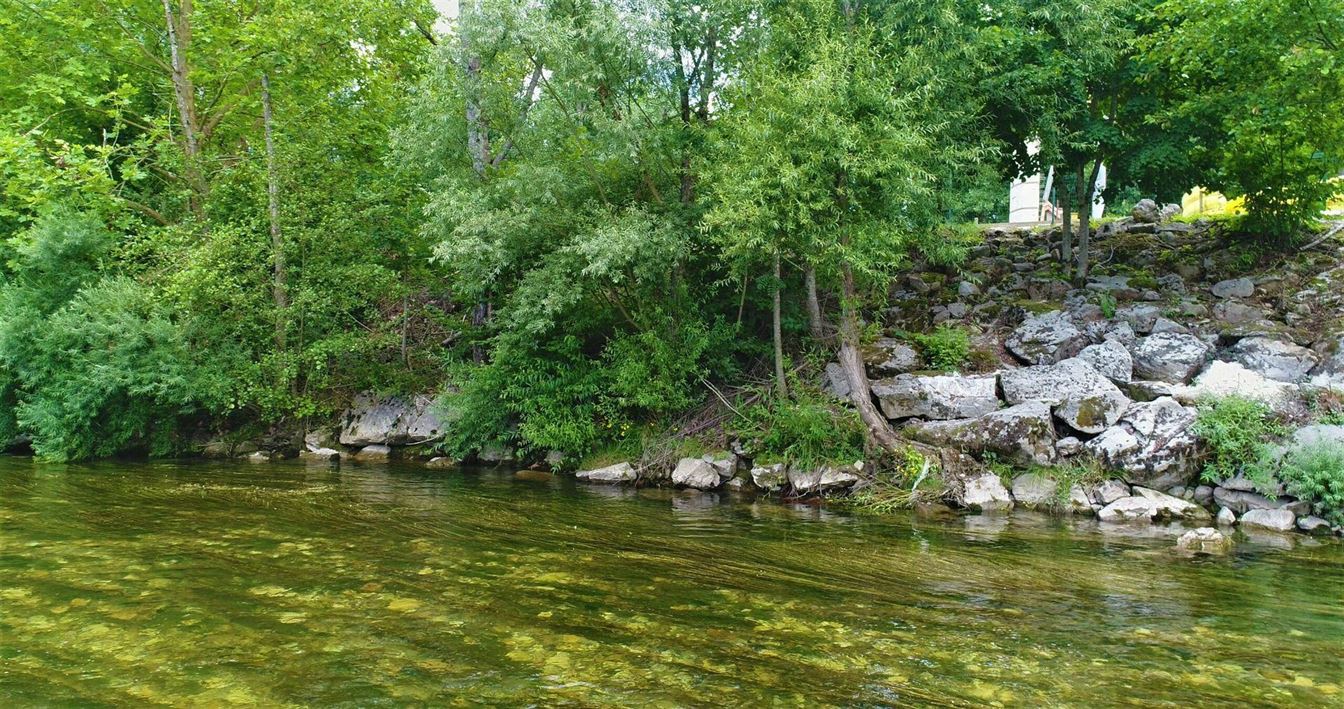In the lushness of the Sella River’s vegetation, you can find everything from majestic century-old trees to extensive meadows of the greenest color, constituting the perfect dwelling for a wide variety of animals. The enclave where the most famous river in Asturias is located is one of the most impressive in the region. Both the flora and fauna surrounding it are extremely rich and a spectacle for the eyes. If you decide to take the Sella River descent by canoe, this is what you’ll find!
The Route of the Sella River in Asturias
Throughout the course of the Sella, many streams and rivers converge into it. A journey that enters Asturias through the Beyos Gorge and ends, as is well known, in the Ribadesella Estuary. The municipalities of Amieva, Cangas de Onís, Parres, Ponga, and Ribadesella are bathed by this spectacular river, which covers an area of about one thousand two hundred square meters and has a length of sixty-six kilometers.
Once its waters exit the Beyos Gorge, the Sella enters wide valleys after collecting the flow of the Ponga River in Santiyán. Shortly after, the Dobra River joins it, and after that, the Güeña River does the same after passing through the well-known Roman bridge of Cangas de Onís. The Piloña joins it later, in Arriondas, where the Sella Descent activity begins. The Parda also joins in Triongu. Finally, before flowing into the sea, it receives the Cuevas stream.
Fauna in the Sella River
The natural park that surrounds the Sella provides shelter to numerous animals thanks to its rich and lush vegetation. It hosts a wide variety of birds, mammals, and reptiles, and is also considered one of the most important salmon rivers in Spain. If you’re lucky, you’ll be able to see various animals during your canoe trip down the Sella! You’ll just need to pay attention to your surroundings.
Among the birds that can be observed along the river, the white-throated dipper stands out. A small species that usually lives near mountain rivers. In the Sella, it can be found in areas with less water flow, perched on any of the stones that protrude from the river in search of food. However, it’s not afraid to make small incursions into areas with greater flow as long as there are invertebrates it can hunt in its approximately ten dives per minute.
Likewise, the large forest area of the Sella enclave makes it rich in wildlife. On its banks and nearby landscapes, you can find everything from otters or capercaillies to roe deer, wild boars, and numerous species of reptiles in its more humid areas.
Flora in the Sella River
As for the flora, the surroundings of the river have a very extensive and rich plant cover that covers its slopes with meadows and trees. The deciduous trees are a spectacle for the eyes of anyone who visits the area coinciding with the change of colors in their leaves according to the seasons. If you decide to descend the Sella by canoe in early autumn, you can see its landscape change from the absolute greenery of spring to the yellowish and orange tones of autumn. Your camera will be smoking!
Regarding the tree species present in the river’s environment, the variety is immense. Oak (carballo) and beech especially stand out. The former takes advantage of the Sella’s waters to absorb the necessary moisture to rise as a strong and leafy species that provides shade to its visitors and animals that inhabit it. On the other hand, while fruit trees are found in sunny areas; walnut, chestnut, and hazel trees live in closed groups. Their century-old chestnut groves extend their shade through forests full of ferns and shrubs.
With all this, a visit to the Sella River is not only an essential visit for anyone in love with adventure and outdoor activities. It’s also a sensory spectacle for nature lovers. The heart of Asturias is waiting for you!

